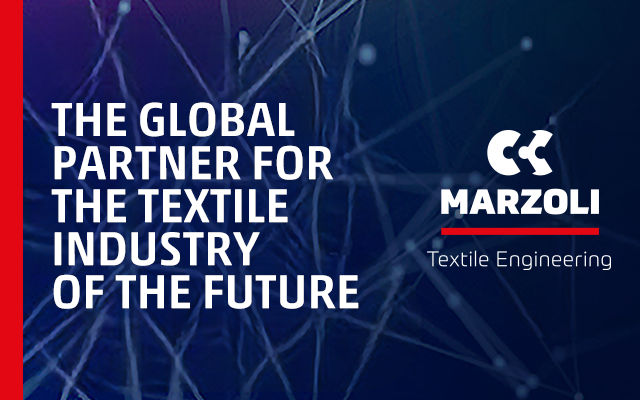Source: Textile Review
The added advantage of Air-Jet texturising process is the facility of blending of different types of filament yarn together. Judicious blending, decided by the optimum blend proportion to get from constituents of filaments, meet the parameter of desired quality.
It has been long assumed that a fiber that absorbs moisture tends to be more comfortable than a fiber that does not absorb moisture, thus in many articles the moisture absorbencies of fiber yarn and textiles related to their comfort have been stressed. Wicking is the spontaneous flow of a liquid in a porous substrate driven by capillary force. This flow in a porous medium caused by capillary action is governed by the properties of liquid such as surface-wetting forces and geometric configuration of the pore structure such as yarn construction, the number of fibers in cross-section, the randomness of internal structure, twist, fabric structure, and loop formation especially in Air-Jet textured yarn.
Wickability of Air-Jet textured yarn and their fabric can be measured by both horizontal and vertical wicking testing method. Due to tenor body activity, the body can put out as much as 1 L sweat an hour, therefore the fabric worn next to the skin will get wet. This moisture fabric reduces the body heat & makes the wearer uncomfortable, so the fabric worn next to the skin should assist for the release of moisture quickly to the atmosphere. The fabric next to the skin should have two important properties, the initial and the foremost property is to absorb the perspiration from the skin surface & the second property is to transfer the moisture to the atmosphere & make the wearer feel comfortable. Diffusion & wicking are two important properties through which moisture is transferred to the atmosphere.
This article reviews the applicable concept of wicking mechanism, kinetics of wicking, wicking testing methods and moisture transportation etc. for Single Component and blended production of air-jet textured yarns & their fabrics.
Originally Published in Textile Review, Jan-2011.
The author is associated with DKTE's Textile and Engineering Institute, Ichalkaranji, Maharashtra.


20240924091633.png)






Comments